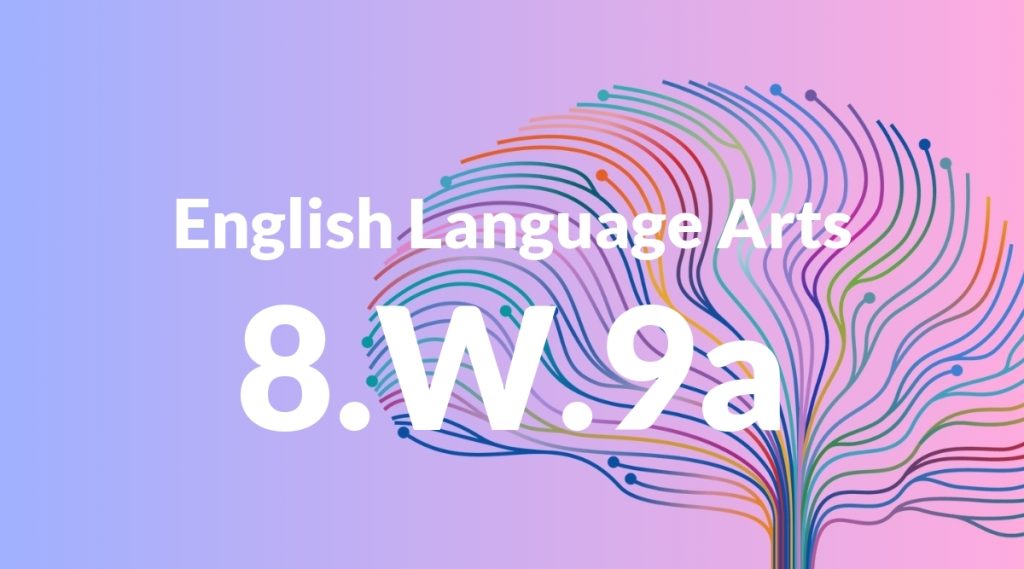Standard: 8.W.9 – Draw evidence from literary or informational texts to support analysis, reflection, and research.
Grade level: Grade 8
Subject: English Language Arts
Domain: Writing
Teacher Overview
This standard emphasizes the importance of supporting analysis, reflection, and research with evidence drawn from literary or informational texts. It’s crucial for developing critical thinking and writing skills that are foundational for high school and beyond. Students should be able to identify main ideas and supporting details, understand the difference between facts and opinions, and have basic research skills including citation of sources.
Students will advance to more complex literary analyses, higher-level research projects, and the development of well-supported arguments in their writing.
Common Misconception 1
A common misconception is that personal opinions can serve as evidence. This is incorrect because evidence must be drawn from credible sources to support analysis and arguments.
Intervention 1
To remediate this misconception, provide explicit instruction on the types of evidence that are acceptable and practice distinguishing between personal opinions and text-based evidence.
Common Misconception 2
Another misconception is that summarizing a text is the same as analyzing it. Summarizing only recounts what the text says, while analyzing involves interpreting and explaining the significance of the evidence.
Intervention 2
Use graphic organizers and practice exercises to help students differentiate between summary and analysis, and encourage them to explain the relevance of their evidence.
Prerequisite Knowledge
Students should understand how to identify main ideas and supporting details in texts, differentiate between fact and opinion, and have basic research skills, including how to cite sources.
Subsequent Knowledge
After mastering this standard, students will be able to conduct more sophisticated literary analyses, engage in higher-level research projects, and develop well-supported arguments in their writing.
Instructional Activities
- Analyzing themes in a novel and writing a supporting essay
- Conducting a research project on a historical event using primary and secondary sources
- Writing an argumentative essay with evidence from multiple articles
- Reflecting on a current event using evidence from news reports
- Comparing different perspectives in opinion pieces and supporting their analysis with evidence




